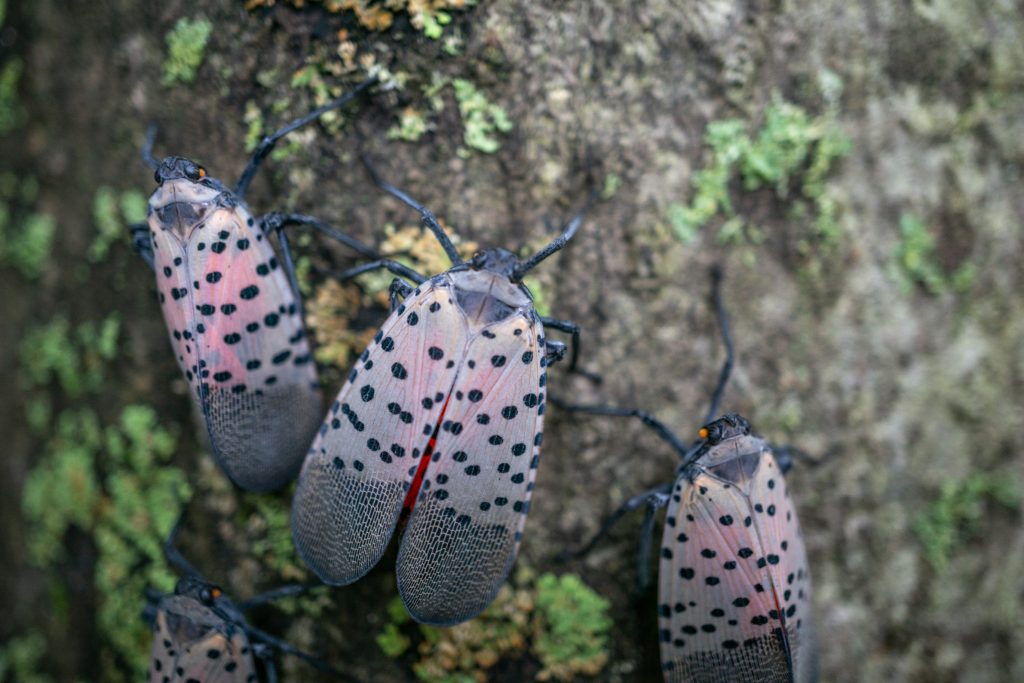by Danielle Smith, Keystone State News Connection
April has been “Invasive Plant Pest and Disease Awareness Month,” but the pests don’t know that. The U.S. Department of Agriculture says it’s the best time of year for Pennsylvanians to spot invasive species before they can do more damage.
Invasive pests cost the United States about $40 billion a year in damages to trees, plants, and crops.
Kathryn Bronsky, national policy manager for USDA’s Animal and Plant Health Inspection Service, said hungry pests include not only invasive insects but diseases they carry, which people can unknowingly spread.
“Some examples of what to be on the lookout for are Asian longhorn beetle and spongy moths, and other pests that harm trees and natural resources,” she said. “And fruit flies, citrus greening, spotted lanternfly and lots of others that can damage crops and agriculture here in the U.S.”
Bronsky said spotted lanternfly eggs have not hatched yet, so she urges people to be on the lookout for their egg masses, which resemble small mud smears. She recommends scraping them into plastic bags with sanitizer or squashing them directly. Either approach will help diminish the invasive spotted lanternfly population.
Invasive pests attack different types of trees, Bronsky said. The tree of heaven is their preferred host, but a wide range of fruit, ornamental, and woody trees are also at risk. Bronsky added that climate change and certain weather conditions can magnify the impact of invasive pests.
“We know climate change can increase the level of plant pest infestation and disease infection,” she said. “It also allows these pests to produce more generations each year and extends the suitable habitat for these plant pests so they can spread to new areas that we didn’t know they could previously exist.”
She added that it’s important to note that such items as firewood can carry pests, from spotted lanternflies to spongy moths, that can then be spread through the movement of firewood. She suggests people avoid this by purchasing only heat-treated certified firewood.
People can report sightings to the USDA online at hungrypests.com.




